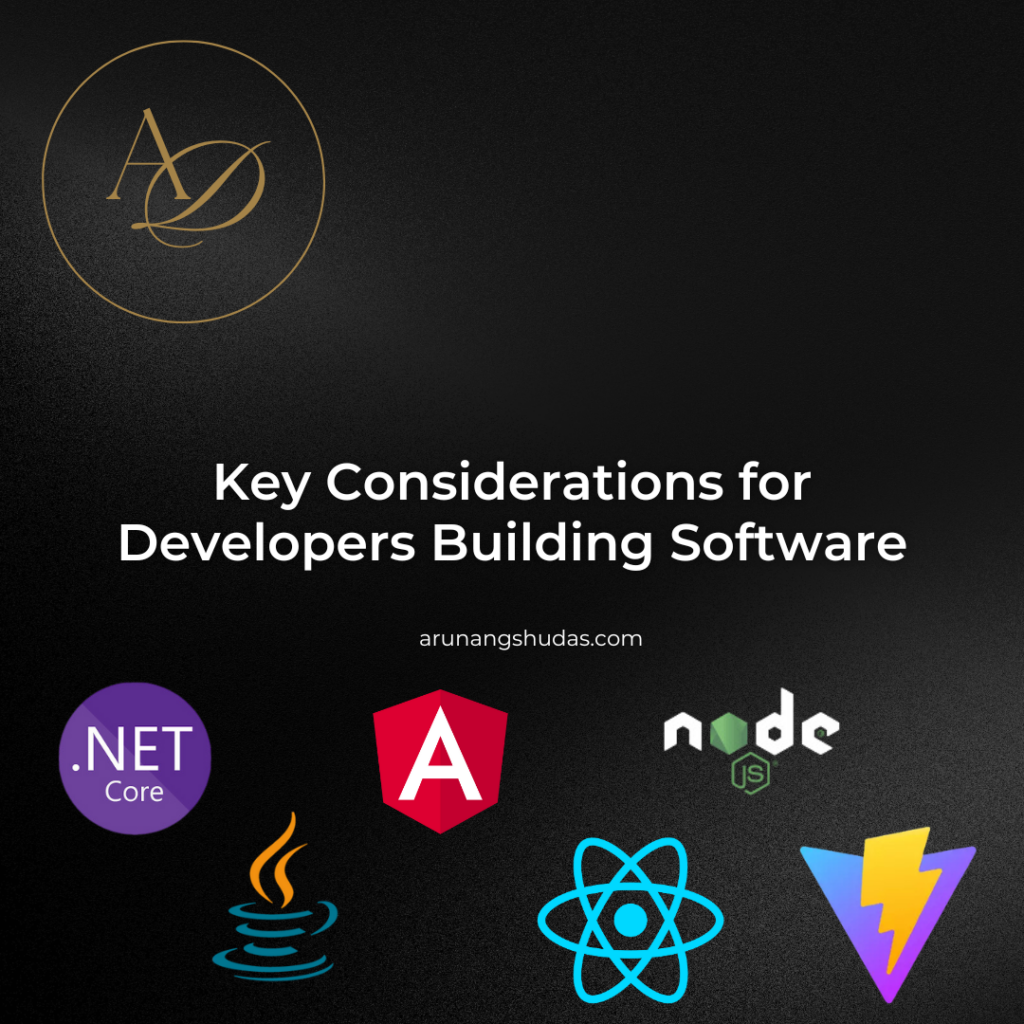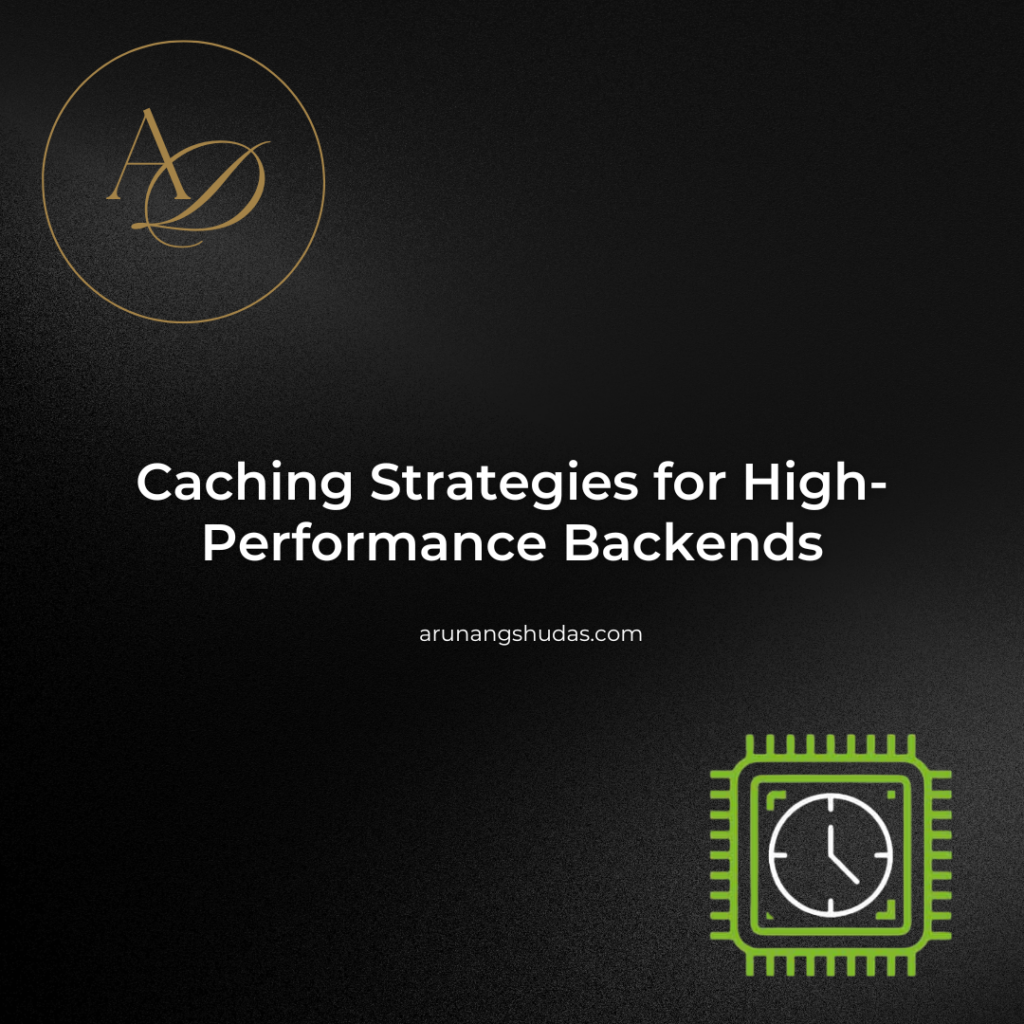Choosing the right backend language is like picking the foundation of your house—get it right, and everything else becomes easier to build and maintain. Whether you’re working on a scalable microservices architecture or a robust monolithic application, the backend language you choose plays a crucial role in performance, maintainability, and scalability.
So, what makes a backend language great?
1. Performance and Scalability
Backend development isn’t just about getting the job done—it’s about getting it done efficiently. High-performing backend languages handle thousands (or even millions) of concurrent requests without breaking a sweat.
For example:
- Go is built for performance, thanks to its lightweight goroutines, making it perfect for high-concurrency applications.
- Node.js leverages its non-blocking event loop to handle many requests simultaneously without consuming excessive resources.
- Java’s JVM optimizations ensure efficient memory management and speed, making it a popular choice for enterprise applications.
If your project requires real-time processing, handling a large number of users, or seamless scalability, your backend language needs to deliver on this front.
2. Rich Ecosystem and Libraries
A backend language is only as good as its ecosystem. Having a rich set of libraries, frameworks, and tools can significantly cut down development time and effort.
- Python, with its vast ecosystem (Flask, Django, FastAPI), is a favorite for rapid development, AI, and automation.
- Node.js, thanks to npm, provides access to thousands of reusable packages, making development smoother.
- Java, being around for decades, has one of the most mature ecosystems, with libraries covering everything from security to database management.
A well-supported ecosystem ensures that developers can find solutions to common problems without reinventing the wheel.
3. Strong Community and Support
No developer wants to be stuck debugging an obscure issue with no help in sight. A strong developer community means better documentation, more tutorials, and faster issue resolution.
- Python has one of the most active communities, making it beginner-friendly and well-documented.
- Java has been a corporate favorite for years, ensuring continuous support and updates.
- Node.js has a vast and enthusiastic open-source community, constantly innovating with new tools and frameworks.
A thriving community means you’ll always have access to best practices, troubleshooting tips, and potential collaborators.
4. Security and Stability
In today’s world, security is non-negotiable. The best backend languages offer built-in security features and robust support for handling vulnerabilities.
- Java is known for its secure architecture, with built-in security APIs and frameworks like Spring Security.
- Python provides strong security libraries, making it a preferred choice for applications dealing with sensitive data.
- Go has strict memory safety and built-in tools to prevent vulnerabilities.
If you’re working with financial applications, healthcare systems, or any project requiring compliance (like GDPR or HIPAA), security should be a top concern.
5. Ease of Learning and Development Speed
Not all backend languages are equally easy to learn and use. Some prioritize developer experience, leading to faster prototyping and development.
- Python’s simple syntax and readability make it one of the easiest languages to pick up.
- Node.js, with its JavaScript foundation, allows frontend developers to transition into backend development seamlessly.
- Go, though slightly more complex, is designed for simplicity and efficiency, reducing development overhead.
If you’re starting a new project or building an MVP, choosing a language with a gentle learning curve and fast development speed can be a game-changer.
Final Thoughts
There’s no one-size-fits-all solution when it comes to backend development. The right choice depends on your project’s needs, scalability requirements, and the expertise of your development team.
To summarize:
- Need high concurrency and speed? Go with Go or Node.js.
- Looking for security and stability? Java and Python have your back.
- Want fast development and an easy learning curve? Python and Node.js are your best bets.
Ultimately, the best backend language is the one that aligns with your project goals and developer strengths.
You may also like:
1) 5 Common Mistakes in Backend Optimization
2) 7 Tips for Boosting Your API Performance
3) How to Identify Bottlenecks in Your Backend
4) 8 Tools for Developing Scalable Backend Solutions
5) 5 Key Components of a Scalable Backend System
6) 6 Common Mistakes in Backend Architecture Design
7) 7 Essential Tips for Scalable Backend Architecture
8) Token-Based Authentication: Choosing Between JWT and Paseto for Modern Applications
9) API Rate Limiting and Abuse Prevention Strategies in Node.js for High-Traffic APIs
10) Can You Answer This Senior-Level JavaScript Promise Interview Question?
11) 5 Reasons JWT May Not Be the Best Choice
12) 7 Productivity Hacks I Stole From a Principal Software Engineer
13) 7 Common Mistakes in package.json Configuration
Read more blogs from Here
Share your experiences in the comments, and let’s discuss how to tackle them!
Follow me on Linkedin








